How To Pick the Perfect Office Chair?

In today’s world, where many of us spend countless hours working at desks, the importance of a good office chair cannot be overstated. A well-chosen chair can significantly impact your comfort, health, and productivity. Whether you're setting up a home office or revamping your workspace at the office, selecting the right office chair is crucial. Here’s a comprehensive guide to help you pick the perfect office chair, ensuring you stay comfortable and supported throughout your workday.
Understand the Importance of Ergonomics
What is Ergonomics?

Ergonomics is the science of designing and arranging things so that people can use them easily and safely. In the context of office chairs, ergonomic design aims to support the natural posture of the body, reduce strain, and prevent discomfort or injury over extended periods.
Why Ergonomics Matter?
Poor seating posture can lead to various health issues, including back pain, neck strain, and repetitive stress injuries. An ergonomic chair promotes good posture, reduces pressure on your spine, and can improve overall productivity by enhancing comfort.
Key Features of an Ergonomic Office Chair
Adjustable Seat Height
A good office chair should have a pneumatic adjustment lever to let you raise or lower the seat. The correct height is where your feet are flat on the floor, your thighs are horizontal, and your arms are even with the height of the desk.
Seat Width and Depth
The seat should have enough width and depth to support any user comfortably. Typically, 17-20 inches wide is the standard. The depth should be such that you can sit with your back against the backrest while leaving approximately 2 to 4 inches between the back of your knees and the seat.
Lumbar Support
Lower back support in an office chair is crucial. The lumbar spine has an inward curve, and sitting for long periods without support tends to lead to slouching, which flattens the natural curve. An ergonomic chair should have a lumbar adjustment to support the inward curve of your lower back.
Backrest
The backrest should be 12 to 24 inches wide. If the backrest is separate from the seat, it should be adjustable in height and angle. It should support the natural curve of the spine, especially the lumbar region. If the seat and backrest are one piece, the backrest should be adjustable in forward and back angles, with a locking mechanism to prevent it from going too far backward.

Seat Material
The material of the chair should have enough padding to be comfortable for extended periods. Breathable fabric is preferred over a harder surface.
Swivel
Any conventional style or ergonomic chair should easily rotate so the user can reach different areas of their desk without straining.
Matching the Chair to Your Work Environment
Home Office
For home offices, consider the space available and the style that complements your home decor. Chairs like the HULALA HOME Ergonomic Office Chair combine style and functionality, perfect for home settings.
Traditional Office
In a traditional office, durability and ergonomics are key. Look for chairs with high adjustability and support features to cater to various body types and working styles.
Creative Spaces
For more creative and flexible workspaces, chairs that offer mobility and a variety of seating positions, such as the HULALA HOME Adjustable Task Chair, are ideal.
Choosing the perfect office chair is an investment in your health and productivity. By considering ergonomics, key features, and your specific needs, you can find a chair that will keep you comfortable and supported throughout your workday. Explore the range of office chairs at HULALA HOME to discover stylish, ergonomic options that meet all your workspace requirements.








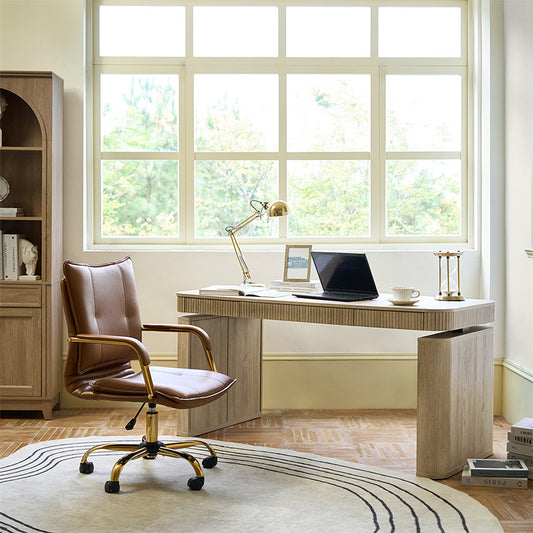
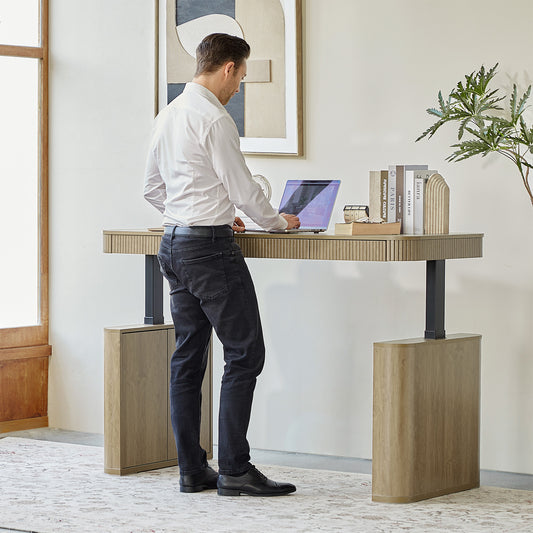
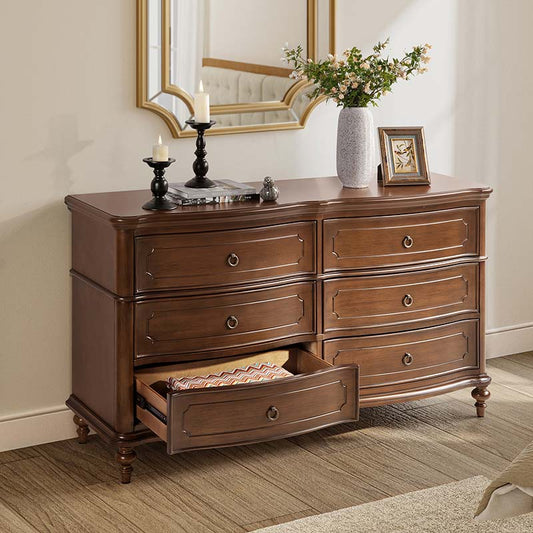

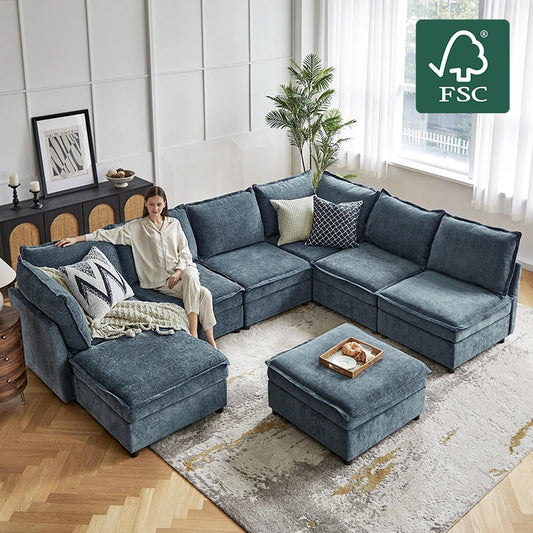
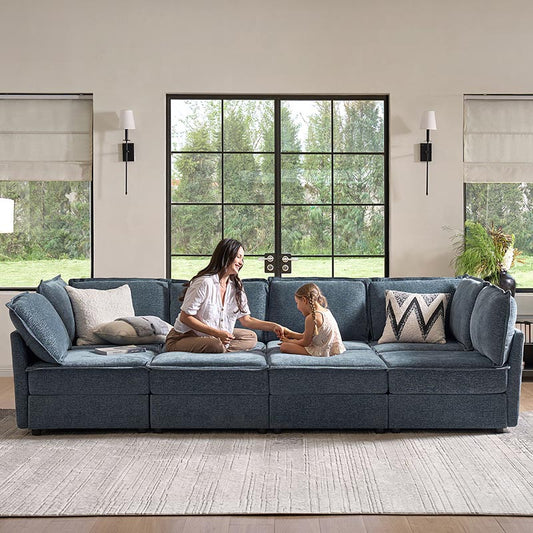

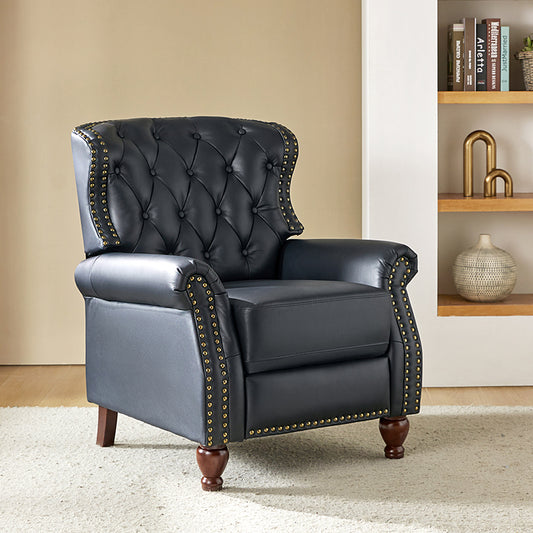

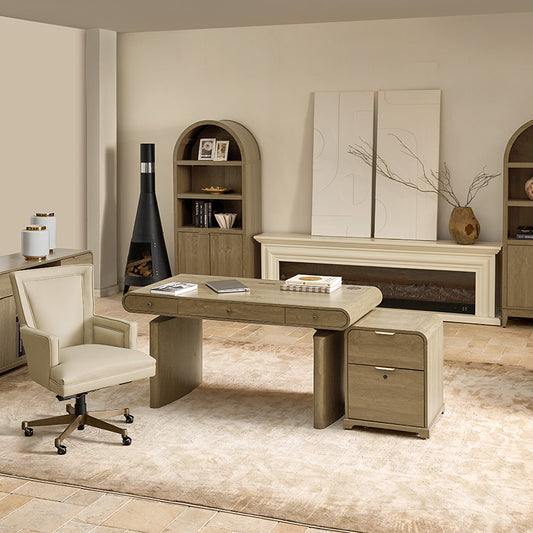
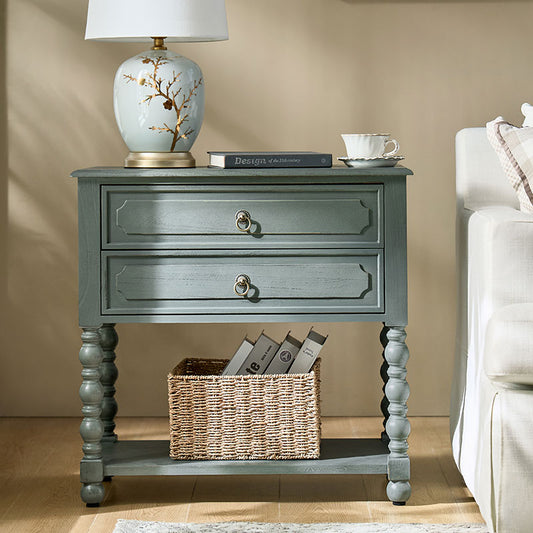
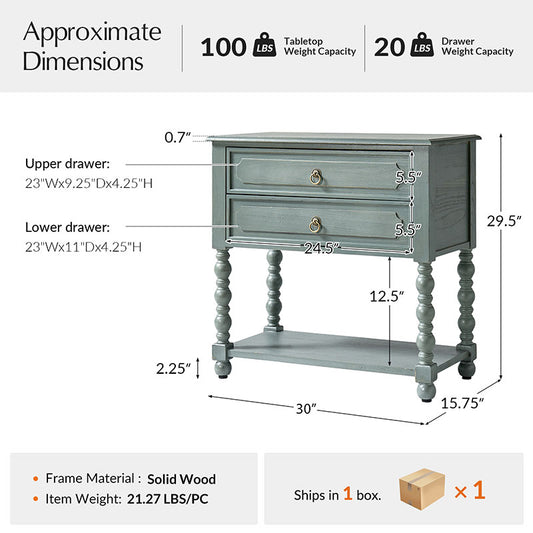

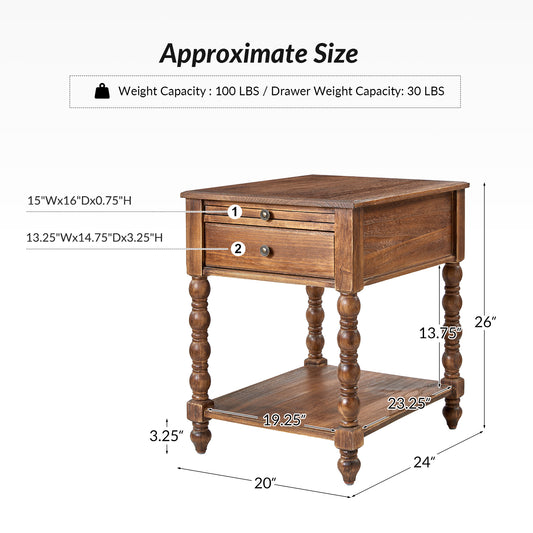
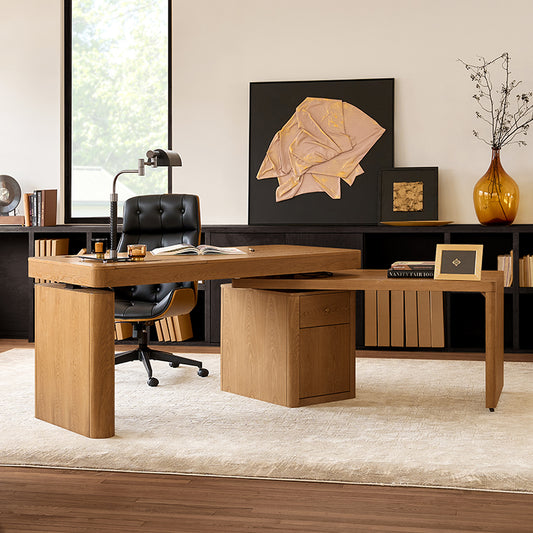
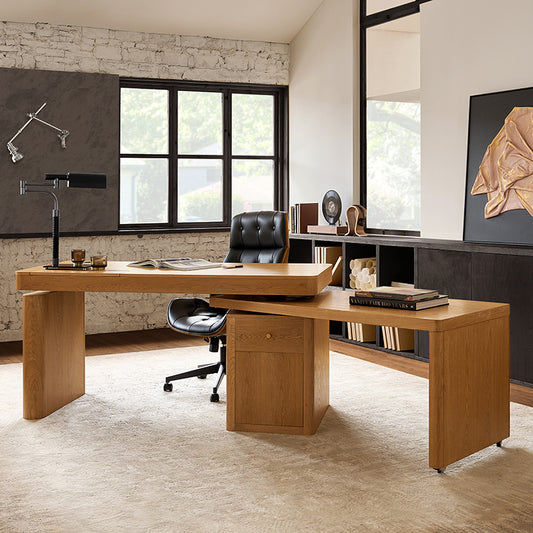









No comments